Last updated on January 10, 2024
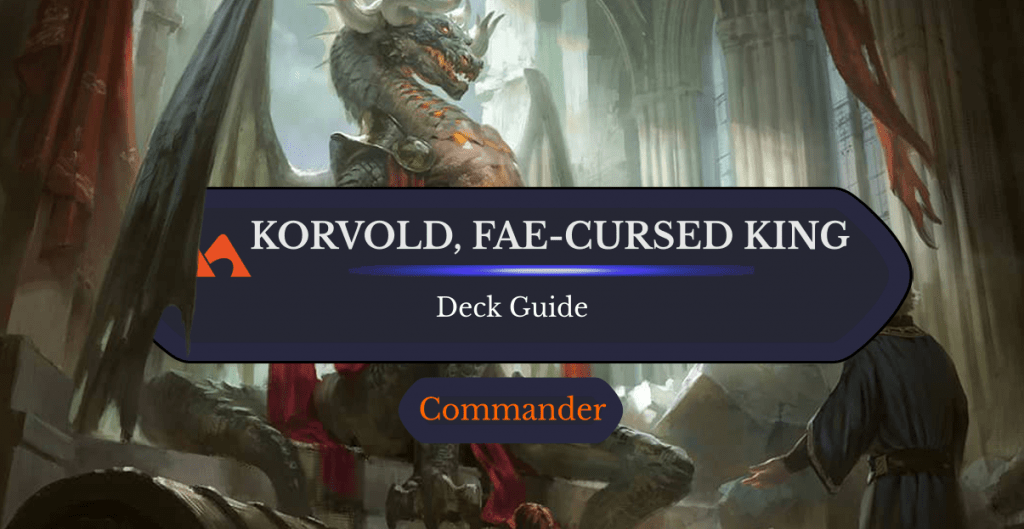
Korvold, Fae-Cursed King | Illustration by Wisnu Tan
We’re born, we eat, we die, we’re eaten, we’re born again, and the cycle begins anew. This is a mantra by which life on Jund operates. One of the preeminent themes of the Jund shard when Shards of Alara came out and reimagined the tri-color shards was the ferocious circle of life. Devour was the mechanic that highlighted Jund cards in that set, and sacrifice has been a staple of Jund commanders and Commander decks since then.
Released in Throne of Eldraine, Korvold, Fae-Cursed King’s power level brought it to relevance in one of the most powerful Standard environments in recent memory, one of which held a slew of bannings. Maybe more so than any legendary creature canonically hailing from Jund, Korvold embodies the Jund ethos of sacrifice. Its power level combined with the popularity of sacrifice make it one of the most played commanders. There’s no shortage of ways to build your Korvold commander deck given the prevalence and support for such a popular strategy.
Today I’m going to run you through a Korvold, Fae-Cursed King decklist that I’d bring to my playgroup along with a number of modifications you can make for power level and budget. Without further ado, here’s Korvold!
The Deck
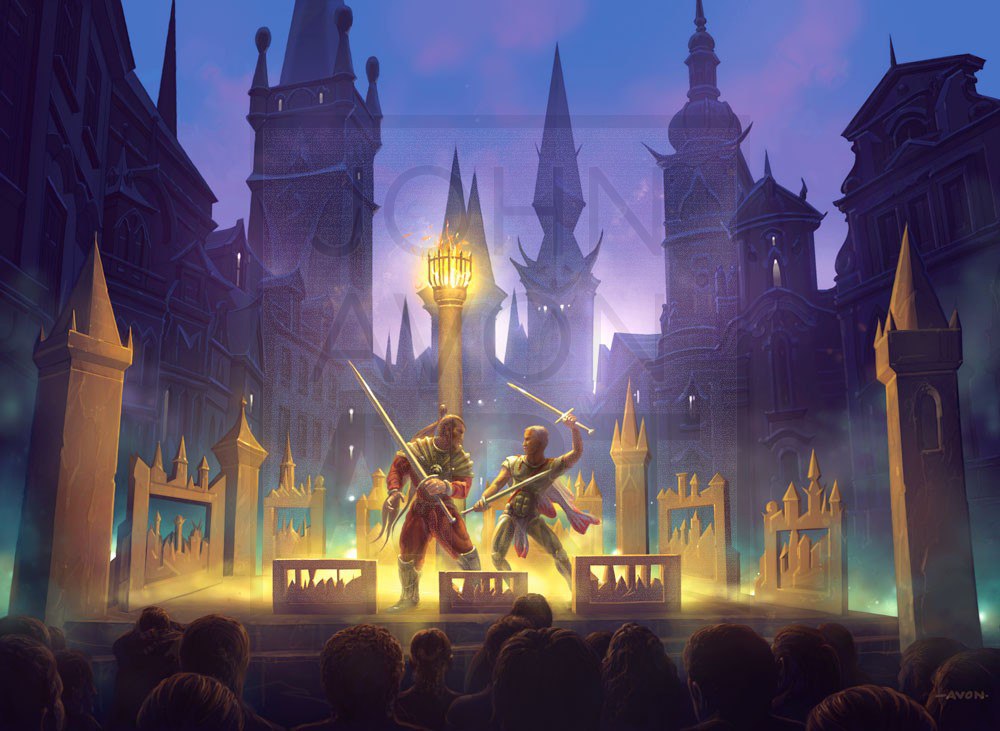
Thespian's Stage | Illustration by John Avon
Commander (1)
Planeswalker (2)
Vraska, Queen of the Golgari
Liliana, Dreadhorde General
Creature (22)
Deathrite Shaman
Ravenous Squirrel
Sylvan Safekeeper
Sakura Tribe-Elder
Blood Artist
Dockside Extortionist
Dauthi Voidwalker
Tireless Provisioner
Judith, the Scourge Diva
Ramunap Excavator
Eternal Witness
Scute Swarm
Mayhem Devil
Pitiless Plunderer
Solemn Simulacrum
Mazirek, Kraul Death Priest
Goldspan Dragon
Tendershoot Dryad
Syr Konrad, the Grim
Prossh, Skyraider of Kher
The Gitrog Monster
Avenger of Zendikar
Instant (5)
Tend the Pests
Artifact Mutation
Plumb the Forbidden
Assassin's Trophy
Chaos Warp
Sorcery (9)
Demonic Tutor
Toxic Deluge
Victimize
Diabolic Intent
Maelstrom Pulse
Death Cloud
Casualties of War
Brass's Bounty
Torment of Hailfire
Enchantment (11)
Grave Pact
From Beyond
Awakening Zone
Bitterblossom
Dictate of Erebos
Goblin Bombardment
Revel in Riches
The Meathook massacre
Cindervines
Evolutionary Leap
Deathreap Ritual
Artifact (11)
Phyrexian Altar
Ashnod's Altar
Lightning Greaves
Sol Ring
Skullclamp
Arcane Signet
Rakdos Signet
Gruul Signet
Golgari Signet
Fellwar Stone
Birthing Pod
Land (39)
Mountain x2
Forest x3
Swamp x3
Stomping Ground
Overgrown Tomb
Blood Crypt
Rootbound Crag
Dragonskull Summit
Woodland Cemetery
Haunted Ridge
Deathcap Glade
Rockfall Vale
Kessig Wolf Run
Command Tower
Savage Lands
Exotic Orchard
Undergrowth Stadium
Spire Garden
Luxury Suite
Nurturing Peatland
Blightstep Pathway
Darkbore Pathway
Cragcrown Pathway
Dust Bowl
Tectonic Edge
Treasure Vault
Bojuka Bog
Phyrexian Tower
Rakdos Carnarium
Witherbloom Campus
Kher Keep
Command Beacon
Thespian's Stage
Grim Backwoods
The Commander
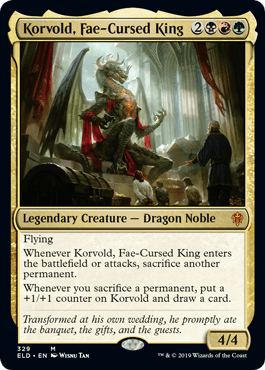
The core tenet of a deck featuring sacrifice fodder and outlets is the abuse of the input/output machine. The input/output machine is simple: sacrifice your Treasures, Insect tokens, Food tokens, Saprolings, and Eldrazi spawn (the input) to your machine, be it Goblin Bombardment, Plumb the Forbidden, one of the Altars, or Korvold itself, and generate an output (cards, life, cards, tokens, cards, counters, and more cards).
The means by which you abuse this is simple: incentives. You want to generate some extra means of value whenever you crank your input-output machine. Korvold, Fae-Cursed King is unique because it’s all of this in one. It’s the king of value generation from the machine: Rex Ex Machina. So all these cards serve to further incentivize you to press the Korvold button as much as you can while squeezing every possible drop of value from it as you do so.
The Commander Staples
These are cards that go into most Commander decks that can cast them. If you’ve played Commander before then you’ve almost definitely seen these and know what they do. They’re extremely efficient, add consistency to your mana, or broadly provide good value in multiplayer settings.
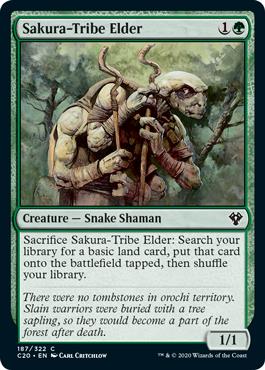
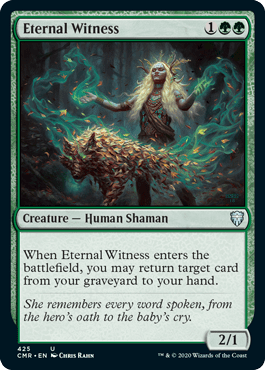
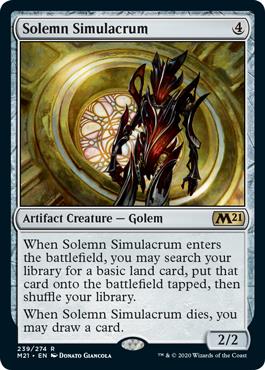
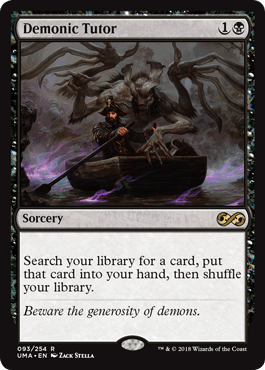
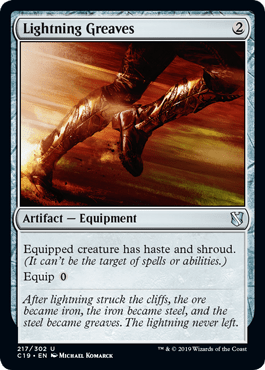

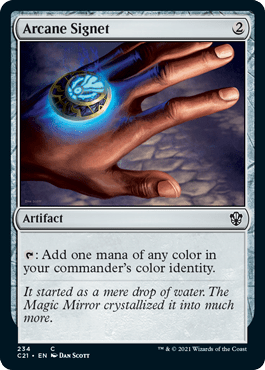
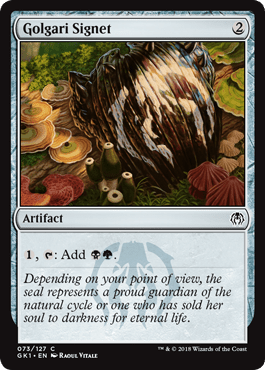
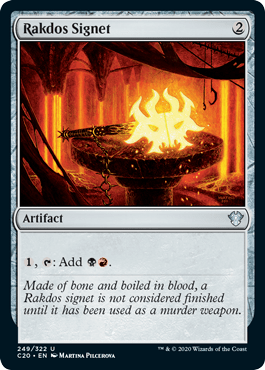
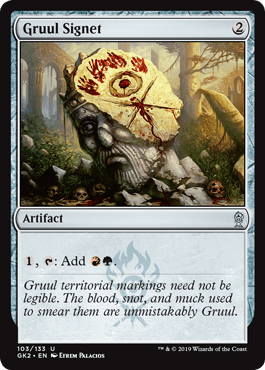
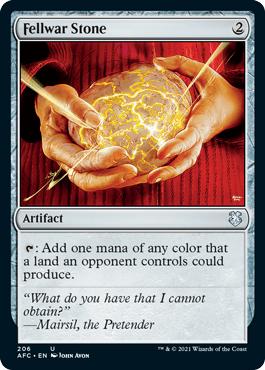
- Sakura-Tribe Elder
- Eternal Witness
- Solemn Simulacrum
- Demonic Tutor
- Lightning Greaves
- Sol Ring
- Arcane Signet
- Golgari Signet
- Rakdos Signet
- Gruul Signet
- Fellwar Stone
There isn’t much to say here. Mana rocks that cost two mana and fix your colors are great, being able to find and rebuy your cards is great, and Lightning Greaves belongs in any deck that plans on attacking with its commander.
Sacrifice Fodder
These are cards that cheaply or instantly provide you a swathe of artifacts or creatures you can feed Korvold. A lot of these give you Treasure tokens which fuel your spells while drawing you cards with Korvold. The overarching point of these is to create as many game objects as you possibly can to fuel the engine.
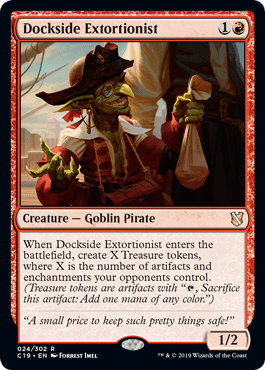
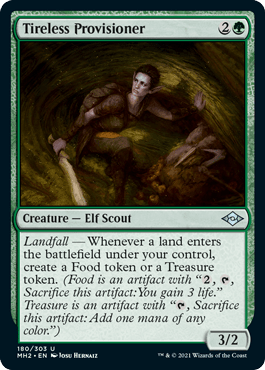
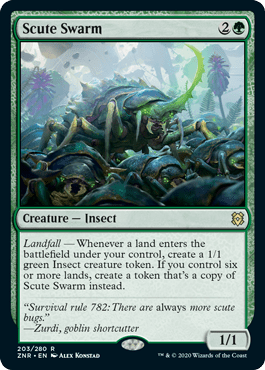
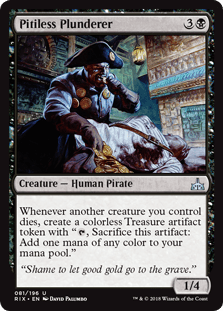
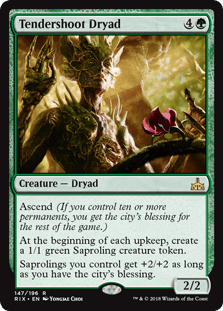
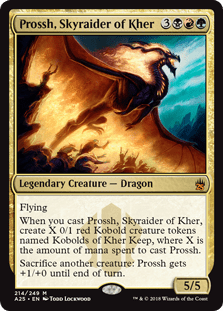

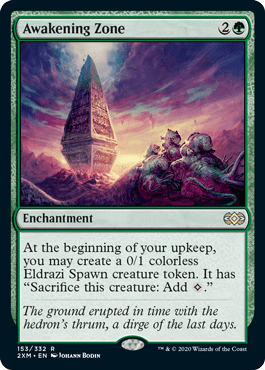
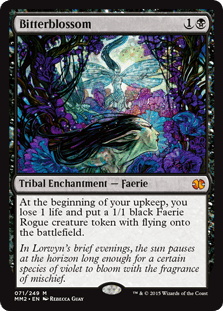
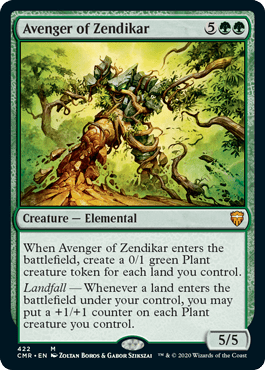
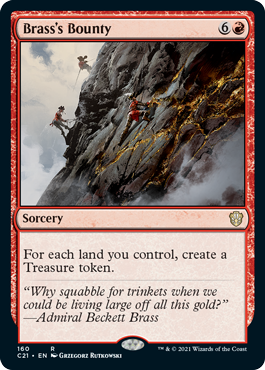

- Dockside Extortionist
- Tireless Provisioner
- Scute Swarm
- Pitiless Plunderer
- Tendershoot Dryad
- Prossh, Skyraider of Kher
- From Beyond
- Awakening Zone
- Bitterblossom
- Avenger of Zendikar
- Brass's Bounty
- Revel in Riches
Most of these token generators produce tokens pretty slowly. A trickle of creatures means that you’re never short on action with the added bonus that half of them provide by making Treasure tokens, which means you’ll have the mana to actually cast all the cards you’re drawing with your engine.
Sacrifice Payoffs
And here we get to what lets you kick your machine into overdrive. Cards in this category do three things when creatures die: drain your opponent’s life, force them to sacrifice creatures, or generate more resources. They’re important for the deck so that you can assemble an engine if you don’t have access to Korvold, either because your opponents prevented you from casting it or its commander tax is astronomically high.
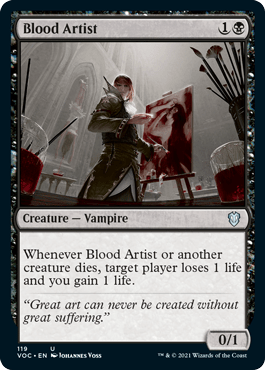
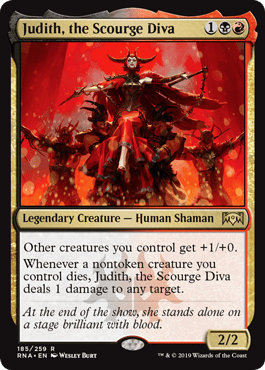
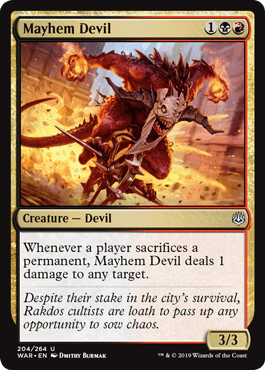
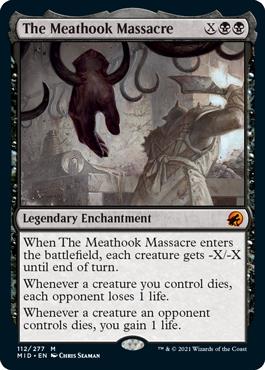
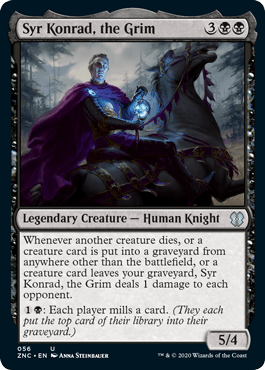
Blood Artist, Judith, the Scourge Diva, Mayhem Devil, The Meathook Massacre, and Syr Konrad, the Grim all ping your opponent as your fodder is fed into the engine. All these except Judith also trigger off of your opponent’s creatures, which makes them all the more powerful in multiplayer.
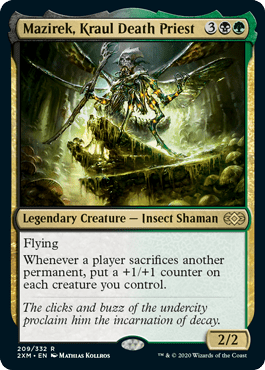
Mazirek, Kraul Death Priest acts as a Korvold Jr. that hasn’t learned to draw cards like its father.

Pitiless Plunderer generates more mana instead of damage.
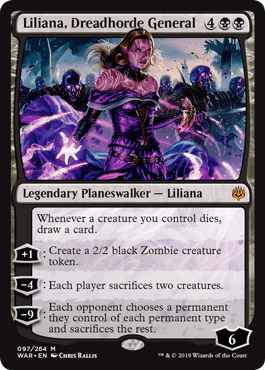
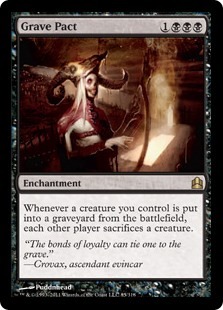

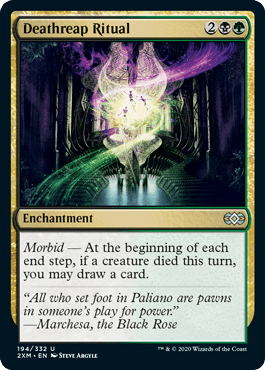
The rest (Liliana, Dreadhorde General, Grave Pact, Dictate of Erebos, and Deathreap Ritual) mow down your opponents’ creatures with ruthless efficiency.
Sacrifice Outlets
While a lot of the fodder you generate naturally has the ability to sacrifice itself, some engines need acceleration.
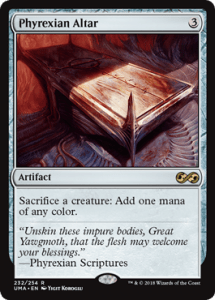
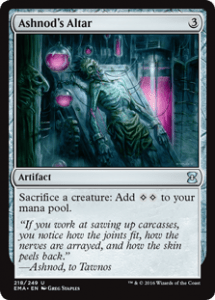
Phyrexian Altar and Ashnod's Altar accelerate your mana.
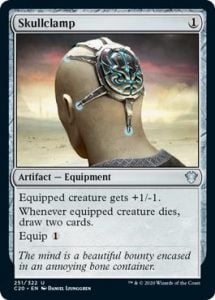
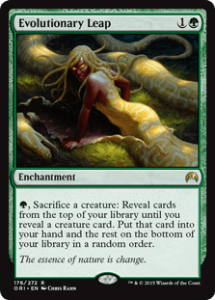
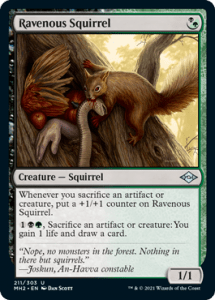
Skullclamp, Evolutionary Leap, and Ravenous Squirrel generate more card advantage.
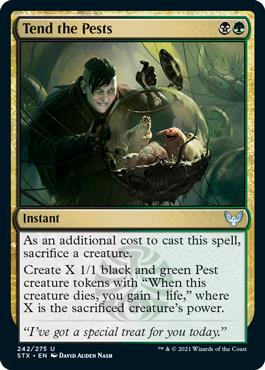
Tend the Pests could go in a lot of the other categories here, but Korvold is just sometimes too big to fail. It transforms into an army of insects in those cases.
Interaction
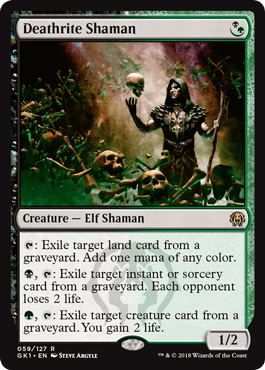
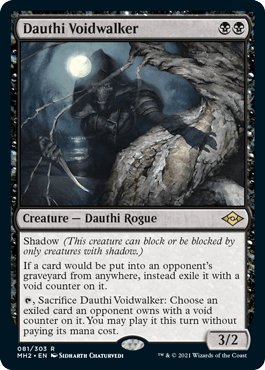
Deathrite Shaman and Dauthi Voidwalker are versatile graveyard hate cards that provide incidental value.
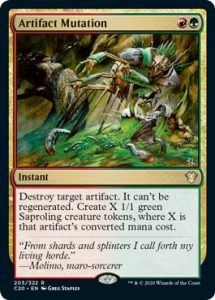
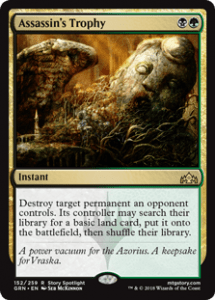
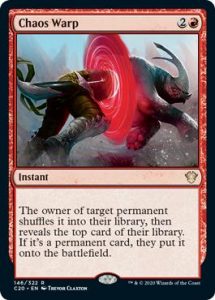
Artifact Mutation, Assassin's Trophy, and Chaos Warp are instant-speed interaction that provide incidental value or deal with anything pretty indiscriminately.
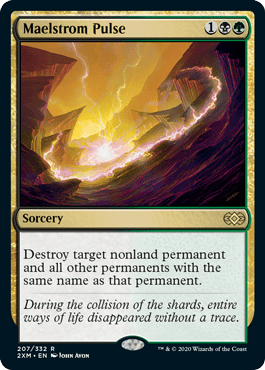
Maelstrom Pulse is another catch-all that can hit swarms of tokens.
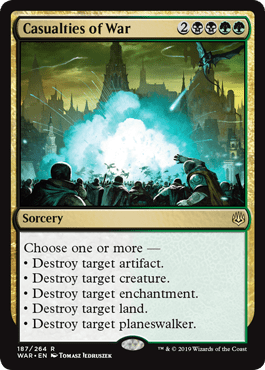
Casualties of War lets you play politics over exactly what you want to destroy.
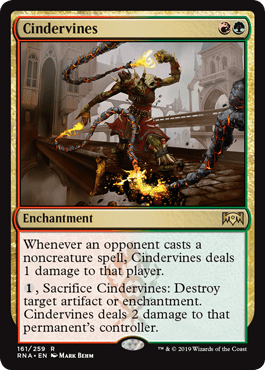
Cindervines can chip in a bit of damage to punish spell-heavy strategies while allowing for instant-speed use.

Toxic Deluge is an adjustable wrath effect that sidesteps indestructibility and lets you keep Korvold around.
Other Cards
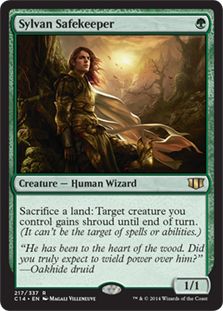
Sylvan Safekeeper gives you a mana-free way to protect Korvold and lets you dump your lands for cards when you have it in play.
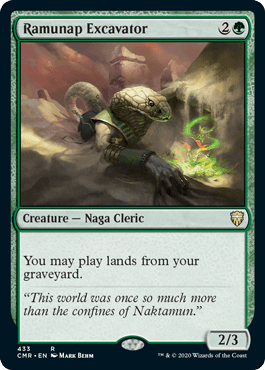
Ramunap Excavator lets you replay lands you have sacrificed to Korvold. It’s there to pretty much make sure that you never have to sacrifice too much of your mana base for good.
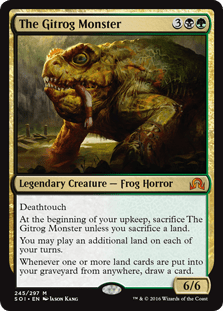
The Gitrog Monster is another engine in and of itself and can be quite slow, but it gives you an avenue to crank your machine when creatures aren’t readily at hand.
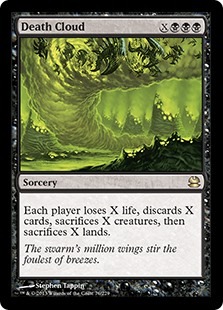
Death Cloud lets you channel all your mana towards devastating effect. You should generally have more creatures in play and cards in hand than all your opponents, so this often just wins you the game by leaving you as the only player with resources.
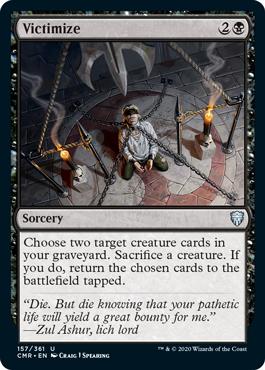
Victimize is an efficient reanimation spell that lets you pick up a token generator and a sacrifice outlet.
The Mana Base
You have 39 lands that’s purpose is mostly just to tap for mana. Building mana bases can be expensive but is fairly forgiving in that most lands are replaceable. Maybe the most noticeable thing about this particular base is the omission of fetch lands or any other search effects, which is mostly done to encourage crisp gameplay that doesn’t slow turns down too much. You can definitely removing some combination of dual lands and basics to add fetches given that sacrificing permanents is a heavily incentivized action in the schema of your input/output machine.
You also have nine lands that do more than just tap for mana.
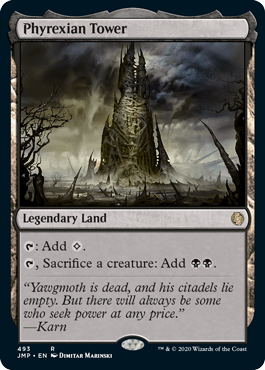
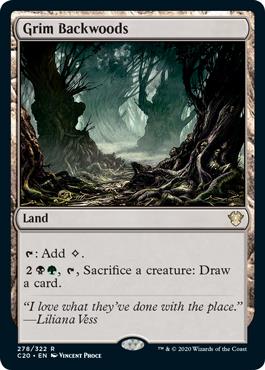
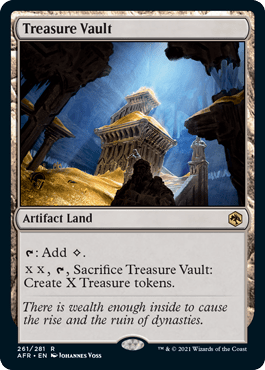
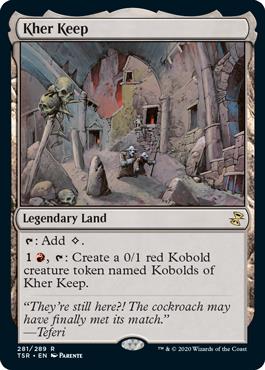
Phyrexian Tower, Grim Backwoods, Treasure Vault, and Kher Keep are “free” ways to add fodder and a sacrifice outlet through your mana base.
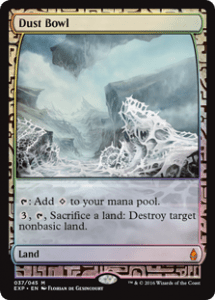
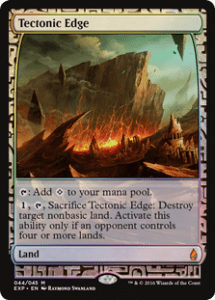
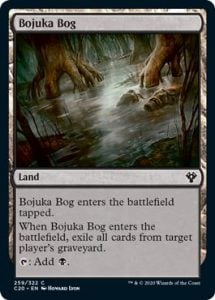
Dust Bowl and Tectonic Edge let you deal with problematic lands while Bojuka Bog deals with problematic graveyards.
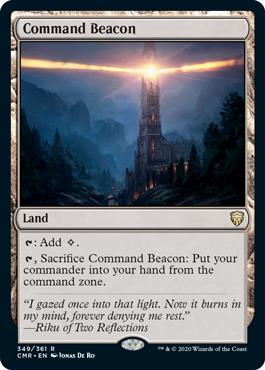
Command Beacon is an obvious choice in a deck as commander-centric as this one.
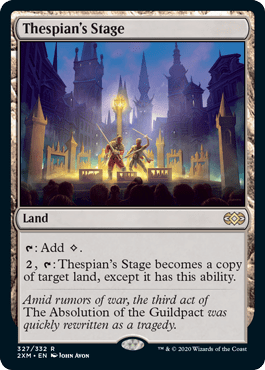
Thespian's Stage is a catch-all utility land that does anything your opponents’ best land does.
The Strategy
Continuing with the engine/machine metaphor, the core facet of your gameplay is assembling the engine and then fueling it. Casting Korvold, Fae-Cursed King is a priority. You’re looking for opening hands that let you deploy it on turns 4, 5, or 6. By that point you want to have gotten something going to establish a board state that Korvold can start consuming.
Keep in mind that the moment you cast Korvold you’re establishing yourself as a primary target given how fast it can grow. Every Treasure token you make is an extra mana, an extra card, and an extra point of power and toughness for Korvold.
There are two ways to go about planning for Korvold’s use as such a potent threat. In an ideal world you’ll have Sylvan Safekeeper or Lightning Greaves to insulate your Korvold from removal, but you should generally expect to only draw a couple cards with Korvold before it’s removed the first time. Establishing a means to consistently generate mana on the back of Eldrazi Spawn, Eldrazi Scion, and Treasure token generators lets you recast Korvold and then continue doing other things with it.
Once it gets going, Korvold kills fast. And it still serves as a card advantage generator for your other engines if it can’t connect. The limiting factor on your ceiling for maximum throughput is the number of resources you have at hand. All that jargon aside, generating the fuel for Korvold is harder than finding a way to burn it. So you want to prioritize developing your board before landing a sacrifice outlet.
Combos and Interactions
Rule 0 Violations
Power Level Constraints
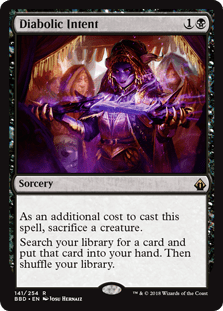
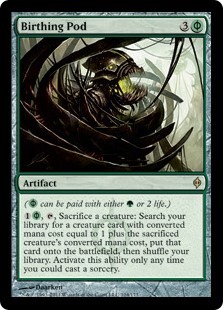
The cards that make your singleton 100-card pile the strongest are ones that enable tremendous consistency. The three most efficient tutors have the potential to make gameplay very stale since they force your opponents to always deal with your best cards. I always advocate to cut tutors from your decks for a number of reasons, the two foremost being that it organically weakens your deck without taking away features you enjoy, and it also drastically reduces the need to shuffle which can bog down gameplay.

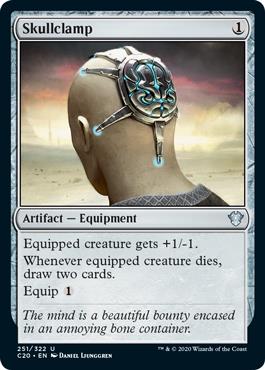

Sol Ring and Skullclamp, like Demonic Tutor, are banned in every other format they would be legal in for power level concerns. I won’t go too much into detail concerning arguments for or against playing them as I’m sure you’ve heard a lot of them before. Just know that you’re making a conscious decision to play the best cards the format has to offer, for better or for worse, by including these cards.
Given Korvold’s efficiency turning resources into cards and damage, it can kill really quickly. I haven’t intentionally included any combo kills, but those could easily be incorporated. If you still haven’t arrived at a sufficiently low level after tweaking this deck to tune down the power level, my greatest piece of advice is to cut as many of the mana generators as you’re comfortable with. When you can gate the activations of your sacrifice cards by mana, it significantly decreases the speed at which Korvold can sift through your deck and lethally attack your opponents.
Fun Constraints


Limiting your opponent's resources as efficiently as Grave Pact and Dictate of Erebos can often makes for a frustrating experience for other players.

Cards that have the capacity to destroy a lot of lands or creatures tend to be unpopular as well, and cards that have “you win the game” like Revel in Riches always make eliminating you from the table a top priority.
Budget Options
Not every deck has to be tuned to perfection to achieve satisfactory results, especially in Commander. In case you find these cards too expensive for your purposes, you might consider substituting them like this:
- Replace Goldspan Dragon with Gadrak, the Crown-Scourge
- Replace Dockside Extortionist with Impulsive Pilferer
- Replace Demonic Tutor with Diabolic Tutor
- Replace Diabolic Intent with Profane Tutor
- Replace Bitterblossom with Sifter of Skulls
- Replace The Meathook Massacre with Decree of Pain
- Replace Phyrexian Altar with Vile Redeemer
- Replace Liliana, Dreadhorde General with Erebos, Bleak-Hearted
- Replace Grave Pact with Butcher of Malakir
- Replace Toxic Deluge with Crux of Fate
A number of the cards with a hefty price tag are expensive because of their unique effects, which is why some of these alternatives are somewhat incongruent with the original. Keep in mind that these also work if you want to slightly tone down the power level of this deck to fit your playgroup.
Other Builds
If you want to build a different Korvold, Fae-Cursed King deck, the most popular way to build it is just as a straight combo engine.
Treasure tokens become significantly more appealing when they also draw a card alongside generating mana, so you can cram the deck full of Treasure generators and Rituals to play some kind of storm strategy where you can chain all your Treasure generators into a lethal Tendrils of Agony or Grapeshot.
This build is even scarier than the comparatively fairer version that makes a giant Korvold and plans to attack and kill your opponents instead of than using the stack to do it.
Wrap Up
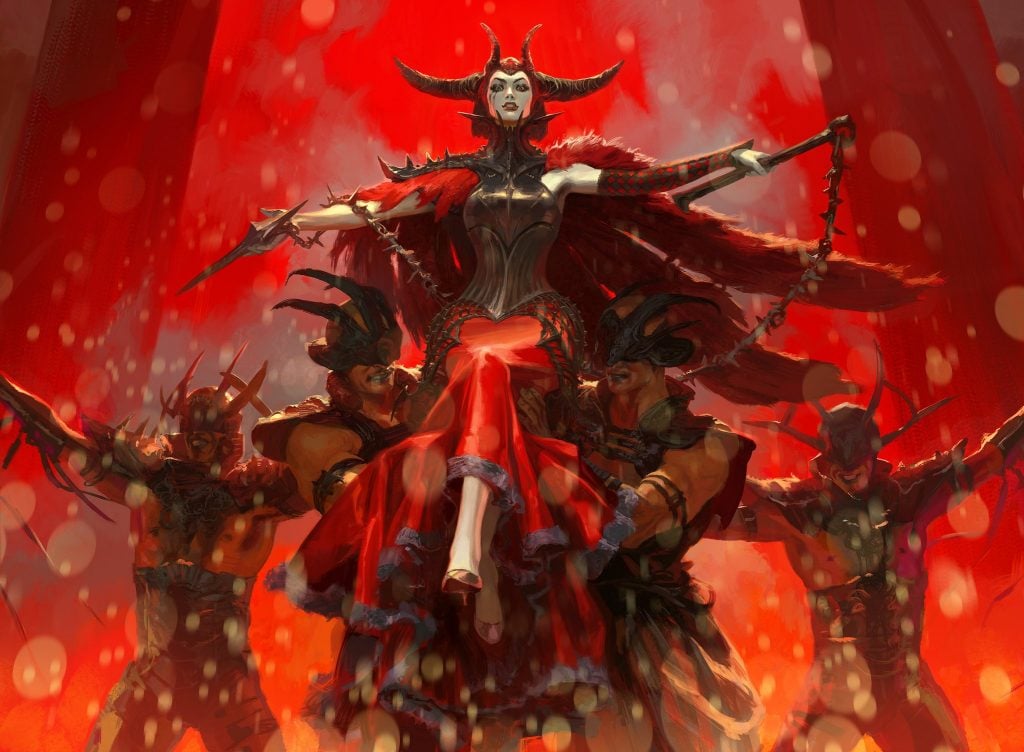
Judith, the Scourge Diva | Illustration by Wesley Burt
Korvold, Fae-Cursed King is without a doubt one of the strongest commanders that the format has to offer. Because it’s an engine by itself with the ability to draw cards even if you have nothing but lands, whatever part of the synergistic cards you happen to have on hand shine with it in play. Properly adjusting the power level of Korvold decks is hard because of this versatility, but hopefully I’ve given you a good starting point and an idea of where you can tune this deck for an optimal playgroup experience.
Do you enjoy playing Korvold and have strong opinions on Commander deckbuilding? Have you perfected the Korvold storm combo experience? If so, share your thoughts in the comments below.
That’s all from me for now. See you next time!
Follow Draftsim for awesome articles and set updates: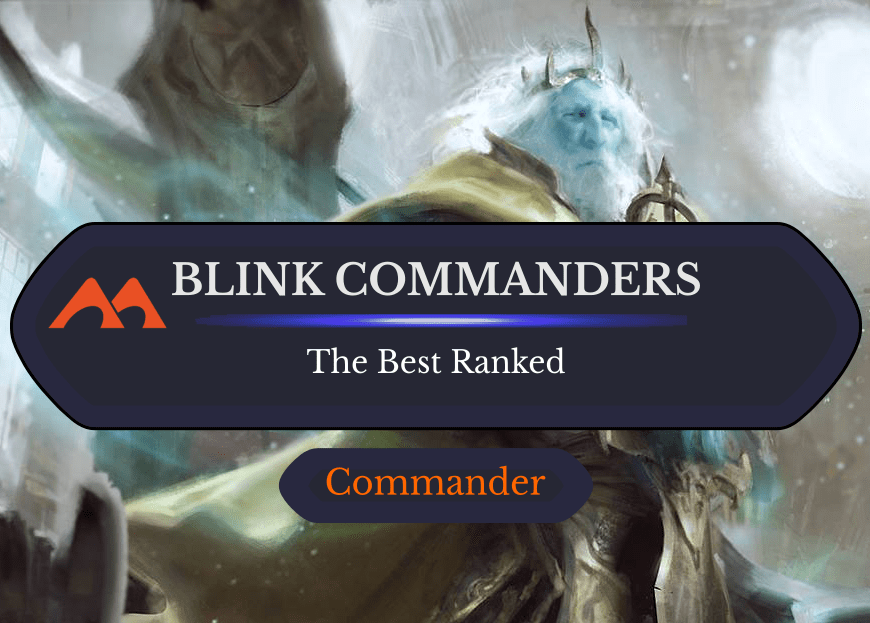
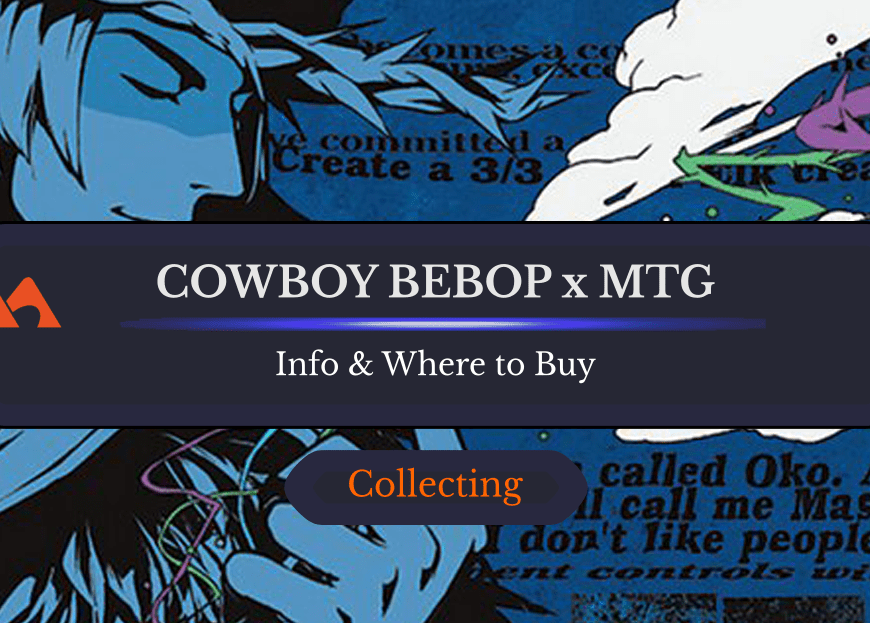
Add Comment